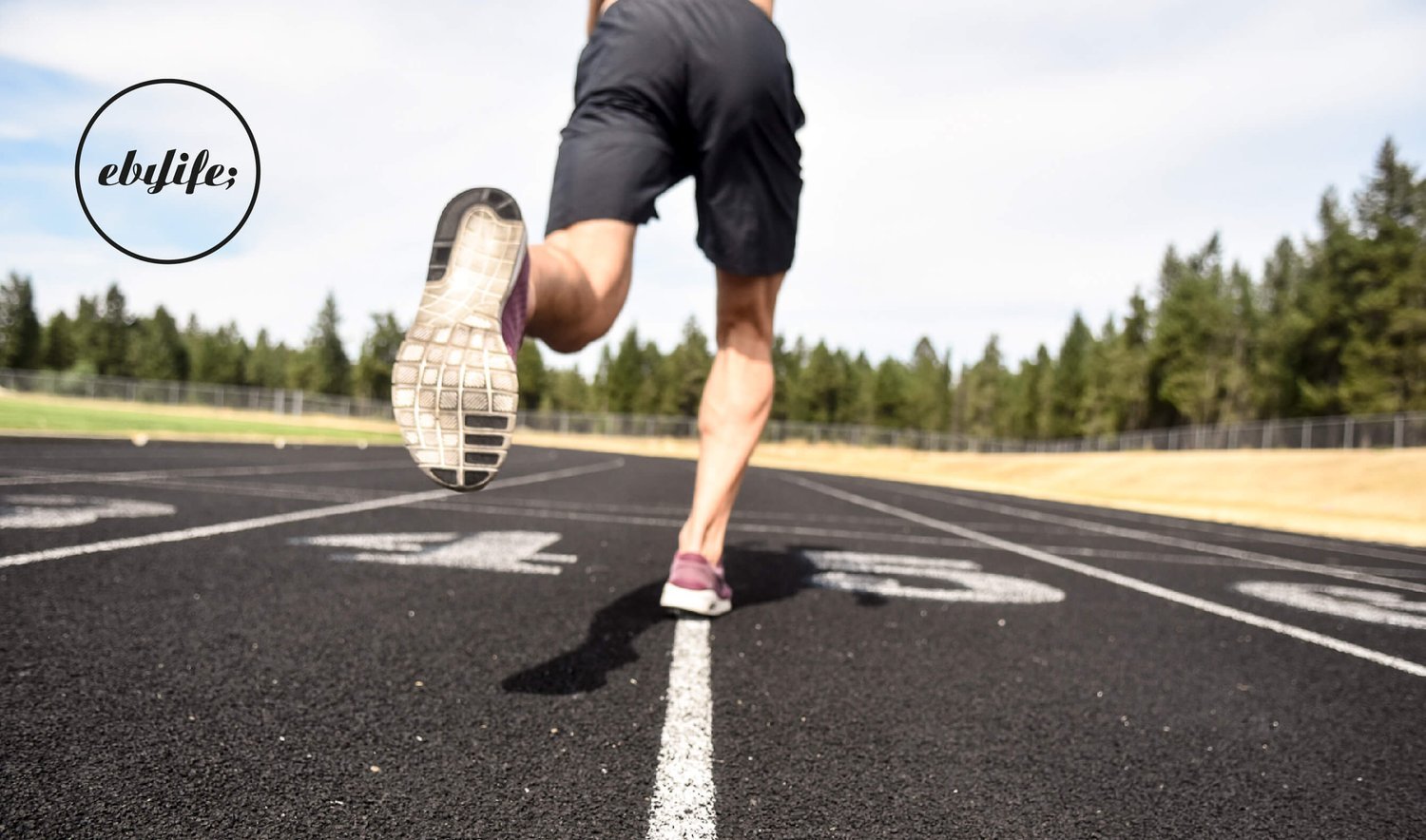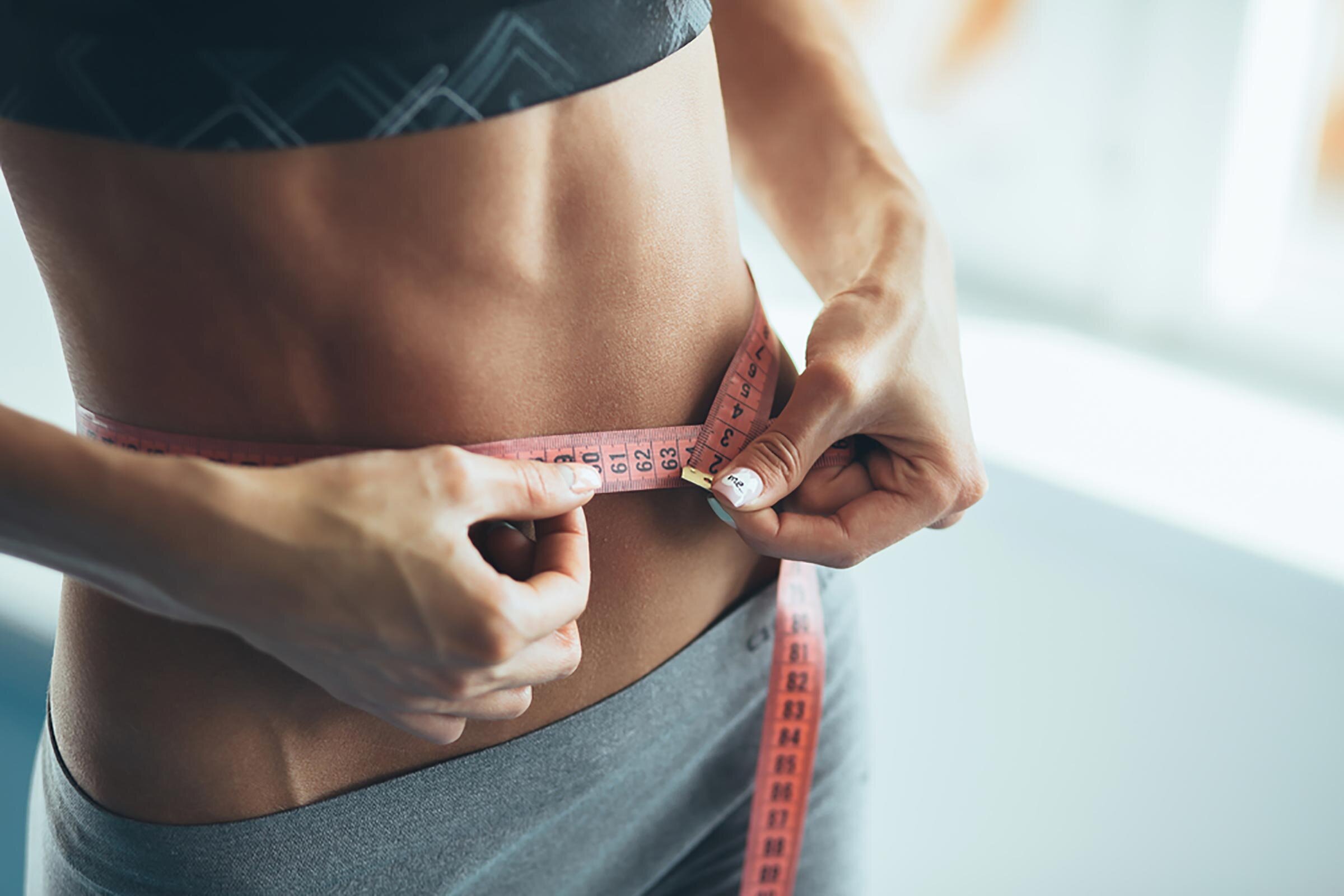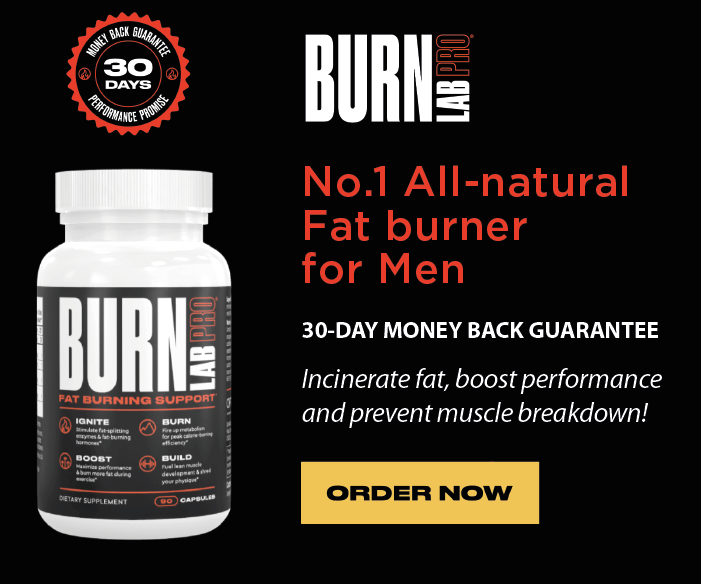Fasted cardio: What is it? Is it best for fat-burning? and is it right for you?
By Martin Ebner, Head P.T and sports nutrition specialist at ebylife
In this article:
What is fasted cardio?
The basics of fasted cardio
The benefits of fasted cardio
The downside of fasted cardio
Is Fasted cardio right for you?
Fasted cardio is currently all the rage and it’s not all too surprising given some of its associated health benefits. One of the most prominent is its potential to turn your body into a fat-burning machine during cardio exercise. But while some athletes and fitness professionals swear by it, some aren't so sure.
Ultimately whether or not you can stomach (excuse the pun) an early morning run pre-breakfast or not, is entirely up to you. However, before you decide, let's have a look in more detail.
What exactly is fasted cardio?
Let's start with the definition, shall we? Fasted cardio, at its most basic level, involves exercising on an empty stomach. The primary purpose of which is to change your body composition (ratio of fat to muscle) by increasing your body's ability to breakdown fat and convert it to fuel for cardio exercise.
The basics of fasted cardio
How long does it take to get to a “fasted state”?
Unfortunately, there isn't a definitive answer when it comes to the exact length of time required to reach a “Fasted state” for everyone. Factors such as digestion speed, age, quantity, and the type of foods consumed last can all affect the length of time needed to reach a fasted state.
When you consume calories, you enter what's called the fed State (sounds lush). In the 2-3 hours following this, your body begins breaking down and digesting the food. Once this stage is complete your body enters what's known as the post-absorptive stage, at which point nutrients continue to circulate in the bloodstream. It's only once this stage is fully complete (around 8-12 hours) that your body switches over to a fasted metabolism, aka a fasted state.
“While some people will reach a fasted state in as little as 6 hours, most people require at least 8-12 hour”
When is the best time to do fasted cardio?
Most typically, fasted cardio is done first thing in the morning (after fasting throughout the night) but it can also be performed later in the day to compliment your schedule and eating patterns. Remember, you'll need at least 7-8 hours on a good day to reach a fasted state. If in doubt, wait a little longer!
Related Article: The best time to take fat burners
How does fasted cardio work?
To simplify it as much as possible. When you eat, your body begins to break down the food (mainly the carbohydrates) into glucose (the body's immediate source of energy). Any Glucose that is then not immediately used by the body is stored as glycogen in the liver and muscles. During this time Insulin rises significantly, completely shutting off fat-burning and also triggering excess calories to be stored as fat. When you start exercising, the body breaks down the remaining glycogen stores and converts it back into glucose, releasing it into your bloodstream which is then used as energy.
However, after a sustained period without food, your body enters a fasted state. Insulin levels are low and Glycogen stores are depleted. This is when your body begins to mobilize stored body fat from fat cells to use as a source of readily available and sustainable energy. Cue the fat burning!
Note: Diet plays a major role in your body's ability to break down and utilize fat as energy. Over-eating and high-carb diets produce more glucose and glycogen stores than a calorie-controlled diet and those made up primarily of protein and fats. This means that if you're loading up on carbs the night before a workout, you'll likely have to work longer and harder to get into a fat-burning state.
If you can't resist the cookies, that’s fine. Just make sure your last meal of the day is a low-carb one.
Related Article: Burn Lab pro review - The best fat burner for fasted cardio
The Benefits of Fasted Cardio
If your main focus is burning fat, fasted cardio can certainly help. Research suggests that when performing “moderate-intensity” cardio in a fasted state, you may burn up to 20% more fat than someone that had a meal within a few hours of working out.
For experienced exercisers, fasted cardio can also help burn off stubborn fat in your most problematic areas. It almost works as a little shock to get your body to tap into those fat reserves for fuel.
Fasted cardio is also very convenient for those that want a little extra time between the sheets. While those that eat breakfast prior to exercise are recommended not to work out within a minimum of 30 minutes (that's with a very light meal) those fasted can literally jump out of bed and onto the treadmill without delay.
Note: For first-timers and inexperienced exercisers, fasted cardio isn't always recommended. While you may be looking for a magic solution and to get a jump start on weight loss and fat-burning, it's possible that you'll have a negative experience that could put you off exercising altogether. Knowing your limits is crucial when exercising and throwing yourself in at the deep end can be risky. Instead, start slow and experiment with different eating patterns and workouts. Once you feel more confident in yourself and your limits, by all means, give it a try.
Related article: how to lose 50lbs in a year
The Cons of Fasted Cardio
Unfortunately, it's not all good news for fasted cardio. Yes, your body will turn to fat as its primary source of energy while fasted, but it might also break down muscle too. A big no-no if you're trying to build strength, muscle, and improve performance. One study actually showed that one hour of steady-state cardio resulted in twice as much protein breakdown in the muscles, compared to non-fasted cardio. If your goal is to maintain a lean body composition without risking excessive muscle breakdown during your fasted cardio sessions, I highly recommend taking a BCAA supplement 30-45 minutes beforehand to offer your muscles better protection.
Low energy: Strength training and high-intensity workouts can be a real struggle in a fasted state and is definitely not recommended. As mentioned above, during these goal-specific workouts, the body requires easily accessible energy from carbs (glucose), and without it, you might feel sluggish, sore, tire easily, lightheaded, and possibly even sick. Not ideal when your goals are gains!
Note: Much like with diet and its impact on your body’s ability to burn fat for fuel, the intensity of your workouts will also determine which fuel source is most readily available and effective. As a general rule for fat burning, stick to 60-70% of your maximum heart rate. To work this out: take 220 – your age = maximum heart rate. Then work out 60-70% of that number.
Example: A 36-year old’s (aka me) ideal fat burning zone (60-70%) is 110 – 129 bpm.
Try our Weight loss diet plan now for just $12,99
If you aren’t sure what to eat and how much to maximize fat burning during your fasted cardio workouts, fear not! We’ve had our team create a delicious diet plan to promote optimal fat-burning for men and women.
Is fasted cardio for you?
The evidence is quite mixed so whether or not you should do fasted cardio is very much dependant on your fitness goals and whether or not it works for you.
If your goal is primarily to burn fat and/or if you like to exercise first thing but can't stomach any food, by all means, give it a go. Just keep in mind that the sort of food you eat last and the type and intensity of the workouts you do will have a big impact on its effectiveness.
If on the other hand, your goals are performance-based, to build muscle, or if you have low blood sugar or you simply can't face a workout with a bit of grub in the belly, it's probably not a great fit for you.
Note: If you do decide to give it a go, make sure you prioritize good post-workout nutrition. As a general rule, aim to consume a 2:1 ratio of carbs to protein. Unless of course, you're on the keto diet in which case enjoy your butter and bacon!
More articles you might like:
References
Schoenfeld, Brad MS, CSCS: Strength and Conditioning Journal: February 2011
Bob Murray & Christine Rosenbloom: Fundamentals of glycogen metabolism for coaches and athletes. Nutrition Reviews VR Vol. 76 (4) Pages: 243–259




